
German comedian Jan Böhmermann announced that he would present something “special” in his TV show. A steganographic message indicated that there was a relationship to the Ibiza affair. The truth proved much less spectacular.
A Munich auction house is going to sell an SG-41 (Hitler mill) at auction. Blog reader Markus Sperl has been on site and has provided me a few pictures of the machine.
A recently published paper introducing an alleged solution of the Voynich manuscript has received many critical comments. The negative feedback has caused the university the paper author works for to retract a press release .
Singer and rapper Ghostemane has published a crypto challenge in a US music magazine. Can a reader solve it?
Here’s an encrypted postcard from the early 20th century, which was sent to a young woman in Landreville, France. Can a reader decipher it?
In a well-known codebreaking book from the 1930s, a Playfair-encrypted message with a (probably fictive) background story is provided. Can a reader break this cipher?
A Reddit user has found two encrypted notes and a few geographic coordinates in an old travel book. Can a reader find out what these messages mean?
Anamorphics are puzzles based on a kind of secret writing. Here are a few examples, some of which are over 100 years old.
Blog reader Magnus Ekhall has taken a trip to the Rök runestone, a famous cryptologic sight in Sweden. Here are his report and a few photographs he took.
In 1999 cryptographer Ron Rivest published an encrypted text that was designed to take 35 years to break. Apparently, it has now been solved.
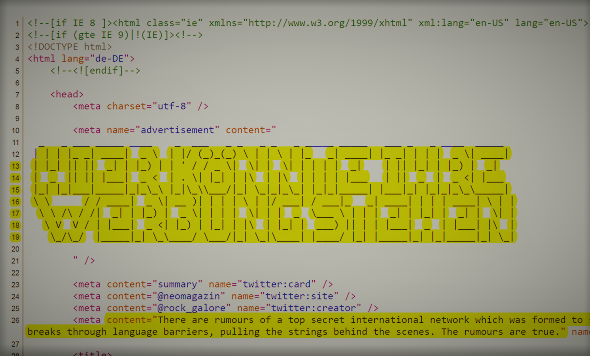

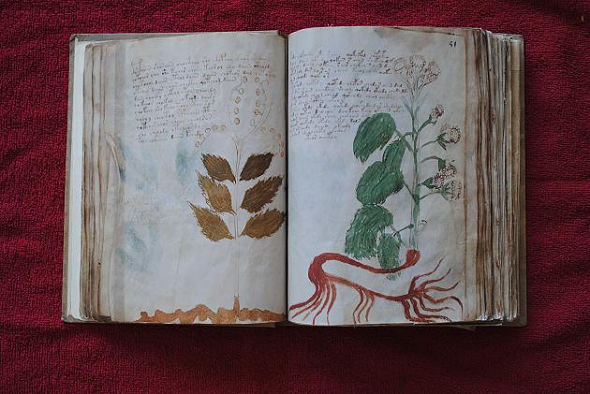
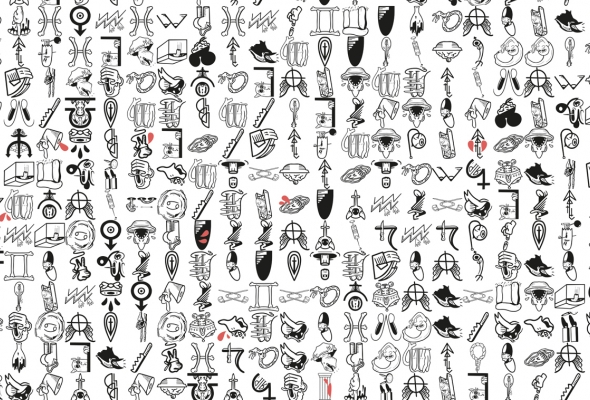
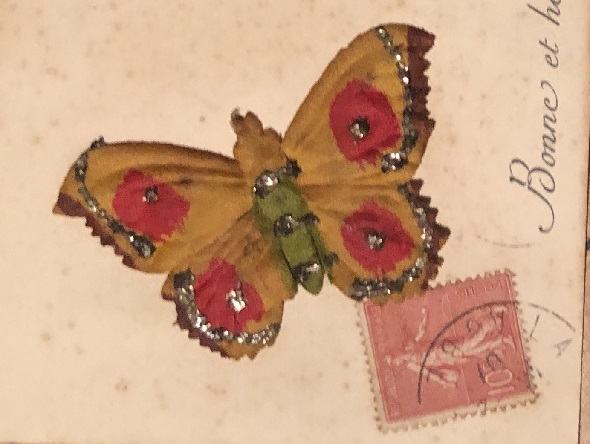
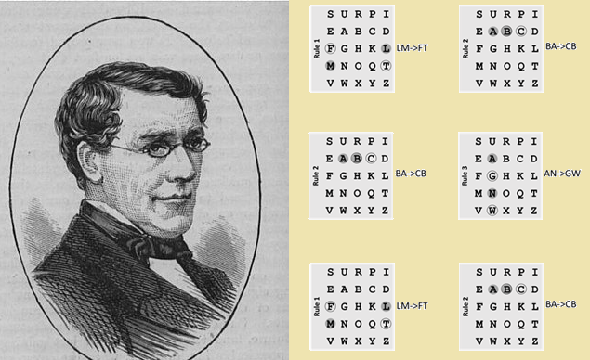
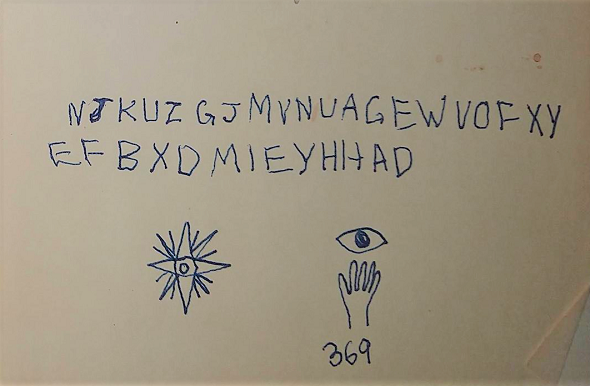
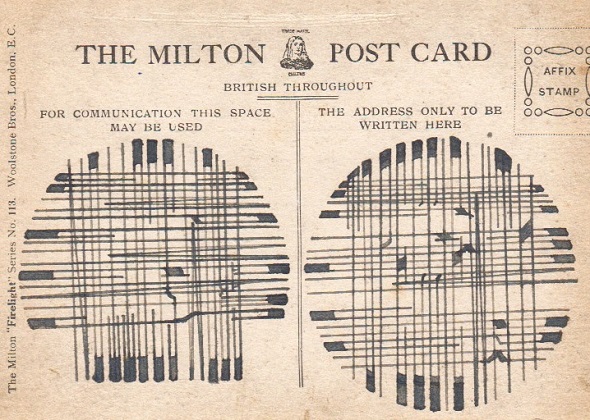
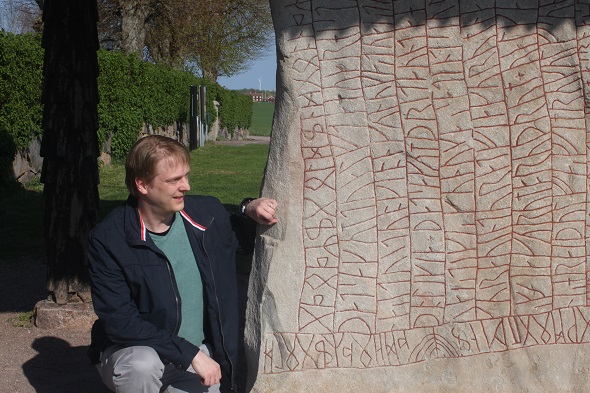

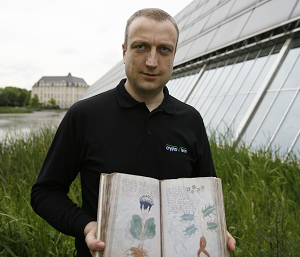
Letzte Kommentare